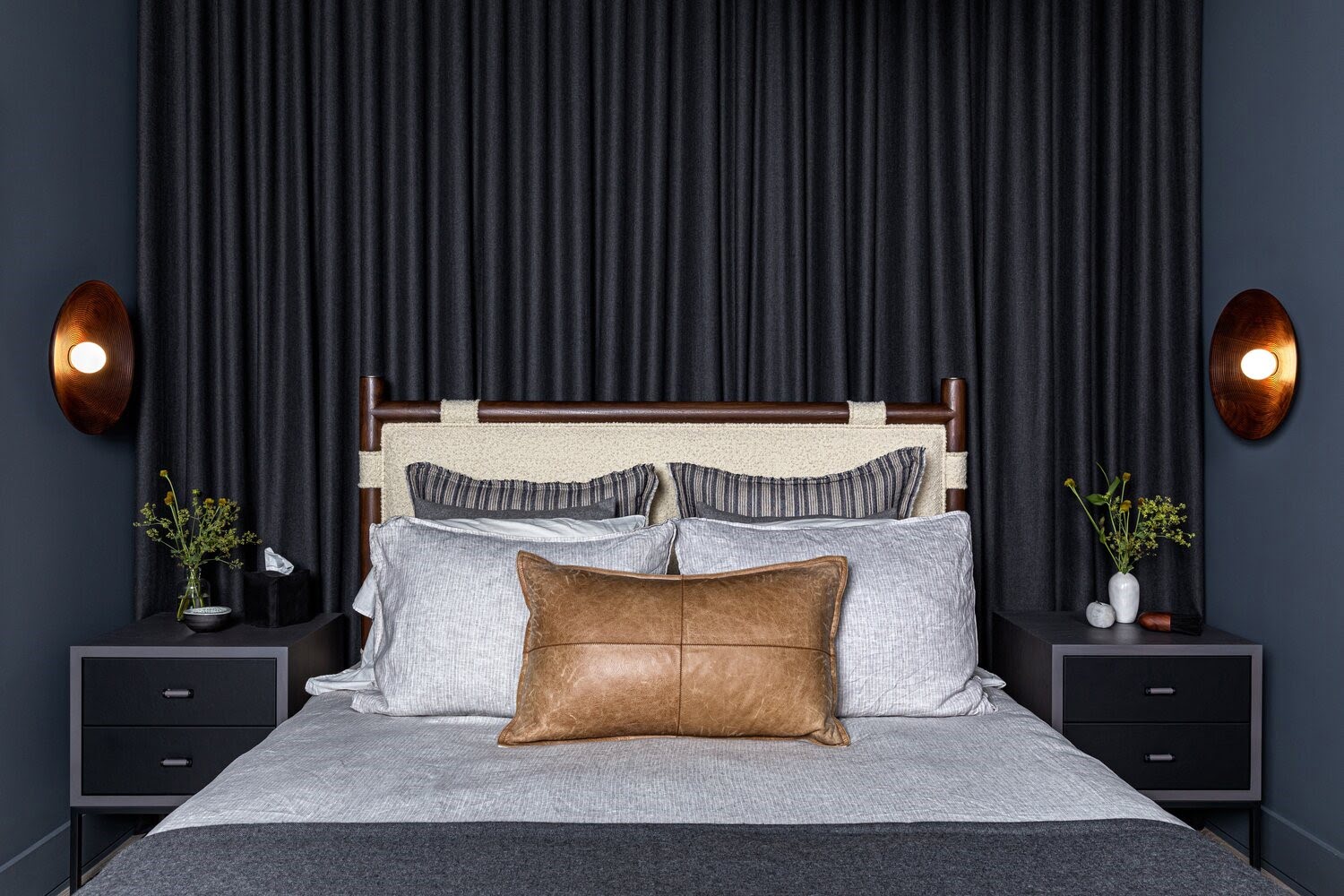

Articles
How To Cover A Wall With Curtains
Modified: May 6, 2024
Learn how to cover a wall with curtains with our informative articles. Transform your space with this simple and stylish technique.
(Many of the links in this article redirect to a specific reviewed product. Your purchase of these products through affiliate links helps to generate commission for Storables.com, at no extra cost. Learn more)
Introduction
Welcome to the wonderful world of wall coverings with curtains! If you’re looking for a creative and versatile way to transform your space, hanging curtains on your walls can be a fantastic option. Not only do curtains add a touch of elegance and style to any room, but they also offer practical benefits such as privacy, noise reduction, and insulation. In this article, we will guide you through the process of covering a wall with curtains, from choosing the right curtains to styling and finishing touches.
Whether you want to create a cozy reading nook, divide a room into distinct areas, or simply add some visual interest to a plain wall, curtains can be the perfect solution. They come in a myriad of colors, patterns, and fabrics, allowing you to customize the look and feel of your space to suit your aesthetic preferences.
An important aspect of covering a wall with curtains is ensuring you choose the right type and size of curtains. This will depend on factors such as the purpose of the wall covering, the dimensions of the wall, and the overall design scheme of the room. Let’s explore this further.
Key Takeaways:
- Transform your space with elegance and practicality by covering walls with curtains. Choose the right curtains, measure accurately, and add stylish finishing touches for a stunning and personalized wall covering.
- Curtains offer a versatile solution to add privacy, style, and functionality to any room. From choosing the right curtains to hanging and styling, this guide will help you create a captivating and cozy haven.
Read more: How To Cover A Brick Wall
Choosing the Right Curtains
When it comes to choosing the right curtains for your wall covering project, there are a few key factors to consider. First and foremost, think about the purpose of the wall covering. Are you looking to block out light and add privacy to a room? Or are you aiming to create a decorative accent on the wall?
If your goal is to block out light and add privacy, opt for curtains that are made from heavy fabrics such as velvet or blackout curtains. These types of curtains are designed to effectively block out sunlight and provide optimal privacy. On the other hand, if you’re looking to create a decorative accent, you can choose curtains with lighter fabrics and designs that complement the overall theme of your space.
The next consideration is the size of your curtains. Start by measuring the height and width of the wall you intend to cover. The curtains should be slightly longer and wider than the wall to ensure full coverage and an elegant drape. Additionally, consider the length of the curtains. Floor-length curtains can create a dramatic and sophisticated look, while shorter curtains may be more suitable for a casual or modern setting.
Color and pattern are also important aspects to think about. If you want the curtains to blend seamlessly with your existing decor, choose a color that complements or matches the color palette of the room. For a bold and eye-catching look, opt for curtains with vibrant patterns or textures.
Lastly, consider the fabric of the curtains. The fabric should not only match the overall style of the room but also provide the desired functionality. Lighter fabrics such as linen or cotton can create an airy and fresh look, while heavier fabrics like silk or velvet add a touch of luxury and sophistication.
Remember, the right curtains can enhance the overall ambiance and style of your space, so take the time to choose options that align with your design vision and functional needs.
Measuring the Wall
Before you can start hanging your curtains on the wall, it’s crucial to accurately measure the dimensions of the wall. This step is essential to ensure that you choose the right size curtains and achieve a seamless and professional-looking installation.
To begin, gather a tape measure, a pencil, and a piece of paper to record your measurements. Start by measuring the height of the wall from floor to ceiling or desired height of the curtains. Make sure to measure at multiple points along the wall to account for any variations in height.
Next, measure the width of the wall from one end to the other. If you plan to cover the entire width of the wall, simply record the measurement. However, if you’re only covering a specific portion of the wall, measure the width of that area.
Once you have these measurements, it’s time to determine the size of the curtains you’ll need. It’s generally recommended to choose curtains that are wider and longer than the actual measurements to ensure full coverage and an elegant drape.
For the width of the curtains, add an extra 4 to 8 inches to the measurement. This additional width will allow the curtains to overlap on the wall and create a fuller appearance. If you prefer a more gathered or bunched look, you can add even more inches to the width.
For the length of the curtains, add about 6 to 12 inches to the height measurement. This extra length ensures that the curtains reach the floor or desired length, and also provides a graceful pooling effect at the bottom.
Once you have determined the ideal size of the curtains based on your measurements, you’re ready to move on to the next step: installing the curtain rods.
Keep in mind that proper measuring is crucial for a successful curtain installation. Taking the time to accurately measure the wall will help you avoid any unnecessary issues or complications during the hanging process.
Installing Curtain Rods
Installing curtain rods is a crucial step in the process of covering a wall with curtains. The curtain rods not only provide the support needed to hang the curtains but also serve as a decorative element that enhances the overall aesthetic of the room. Here’s a step-by-step guide to help you install curtain rods like a pro.
1. Gather your tools: You will need a measuring tape, a pencil, a level, a drill or screwdriver, screws, and wall anchors (if necessary).
2. Determine the placement: Decide where you want to install the curtain rods. Typically, they are positioned a few inches above the window frame or at the desired height depending on your preference. Use the measuring tape and the level to ensure even and accurate placement.
3. Mark the position: Once you’ve determined the placement, use the pencil to mark the positions where the brackets will be mounted. Make sure to mark both ends and the center of the window or wall to ensure proper support.
4. Check for studs: Before drilling, it’s important to check for studs or beams behind the wall. Solid support is necessary to ensure the rods can hold the weight of the curtains. Use a stud finder or gently tap the wall to locate the studs.
5. Install the brackets: If the brackets can be directly attached to the studs, use screws to secure them in place. If there are no studs where you marked the positions, you will need to use wall anchors. Follow the manufacturer’s instructions to install the wall anchors and then attach the brackets.
6. Attach the curtain rod: Slide the curtain rod through the rod pocket of the curtains, making sure they are evenly distributed. Then, place the rod onto the brackets and secure it in place by tightening the screws or brackets.
7. Test and adjust: Once the curtain rod is installed, give it a gentle tug to ensure it’s securely in place. If any adjustments need to be made, such as leveling the rod or tightening the brackets, do so now.
Complete the installation process by repeating these steps for any additional curtain rods you need on the wall. Remember to consider the weight and length of the curtains when choosing the appropriate curtain rod and ensure it can support the load.
With the curtain rods successfully installed, you’re now ready to hang the curtains and bring your wall covering project to life!
When covering a wall with curtains, make sure to measure the height and width of the wall before purchasing the curtains. This will ensure that you get the right size and coverage for the wall.
Hanging the Curtains
Now that you have your curtain rods securely installed, it’s time to hang the curtains and complete the wall covering. The process of hanging curtains involves a few simple steps that will ensure a smooth and polished look. Let’s get started!
1. Prepare the curtains: Before hanging the curtains, give them a gentle shake or iron them if necessary to remove any wrinkles or creases. This will help the curtains hang beautifully and create a more polished appearance.
2. Attach curtain hooks or rings: If your curtains have built-in rod pockets, skip this step. However, if your curtains require additional hooks or rings, attach them to the top edge of the curtains following the manufacturer’s instructions.
3. Place the curtains on the rod: Slide the curtain hooks or rings onto the curtain rod, making sure that the curtains are evenly spaced and centered. Adjust the placement if needed to achieve a balanced and symmetrical look.
4. Hang the curtains: With the curtains on the rod, carefully lift the rod and place it onto the brackets or supports. Make sure the rod sits securely and evenly on the brackets.
5. Adjust the length: If necessary, adjust the length of the curtains by gently pulling or pushing the fabric. Floor-length curtains should lightly touch the floor, while shorter curtains can hang just above or below the window sill, depending on your preference.
6. Arrange the folds: Take a step back and assess the appearance of the curtains. If you prefer a more structured look, manually arrange the folds along the top and sides of the curtains. This will create a neat and tailored appearance.
7. Test functionality: Pull the curtains open and closed to ensure they glide smoothly along the curtain rod. If they snag or get stuck, you may need to adjust the placement or spacing of the hooks or rings.
Now that your curtains are hung and gracefully adorning the wall, take a moment to appreciate the transformation. The curtains not only add visual appeal but also provide functional benefits such as light control and privacy.
Next, let’s explore some styling and finishing touches to further enhance the impact of your wall covered with curtains.
Read more: How To Cover Windows Without Curtains
Styling and Finishing Touches
With the curtains hung beautifully on your wall, it’s time to add some styling and finishing touches to create a cohesive and polished look. These small details can make all the difference in enhancing the overall aesthetic of your space.
1. Curtain tiebacks or holdbacks: Consider using curtain tiebacks or holdbacks to add a touch of elegance and functionality to your curtains. These accessories hold the curtains to the side, allowing natural light to enter the room while adding a decorative element. Choose tiebacks that complement your curtain fabric or opt for decorative options that match the room’s style.
2. Valances or swags: If you want to further enhance the visual impact of your curtain wall covering, consider adding valances or swags. These fabric treatments hang above the curtain rod and add a layered and textured look to the space. Valances come in various styles, from simple to ornate, so choose one that complements the overall aesthetic of your room.
3. Decorative curtain rods and finials: Instead of using plain curtain rods, consider upgrading to decorative ones to add a stylish touch to your wall covering. Look for rods with unique shapes, finishes, or decorative finials that will elevate the overall look of your curtains and add visual interest to the wall.
4. Layering with sheer curtains: If you’re looking to soften the appearance of your curtains or add an extra layer of privacy, consider pairing them with sheer curtains. Sheer curtains let in filtered light while maintaining privacy and can create a dreamy and ethereal look when layered with heavier curtains.
5. Wall art and accessories: Complete the look of your wall covered with curtains by incorporating complementary wall art and accessories. Choose artwork, mirrors, or decorative items that coordinate with the colors and style of the curtains to create a cohesive and visually pleasing space.
6. Maintenance and cleaning: It’s important to keep your curtains fresh and clean to maintain their appearance and functionality. Follow the manufacturer’s instructions for cleaning and care. Regularly dust or vacuum the curtains to remove any accumulated dirt or dust.
By paying attention to these styling and finishing touches, you can take your wall covered with curtains to the next level and create a truly captivating and personalized space.
Now that you have a complete understanding of how to cover a wall with curtains, from choosing the right curtains to styling and finishing touches, it’s time to put your knowledge into action and transform your space into a cozy and stylish haven.
Conclusion
Wrapping your walls with curtains is a versatile and creative way to transform your space and add a touch of elegance and style. By following the steps outlined in this guide, you can successfully cover a wall with curtains and achieve a beautifully finished look.
Choosing the right curtains that align with your functional and aesthetic needs is crucial. Consider factors such as light control, privacy, fabric, color, and pattern to ensure the curtains enhance the overall ambiance of your space.
Accurate measuring of the wall is essential to ensure the curtains fit properly and create a seamless and professional look. Take precise measurements, add extra inches for full coverage, and choose the appropriate curtain length for your desired look.
Installing curtain rods provides the foundation for hanging the curtains. Properly secure the brackets, ensuring they are level and supported by studs or wall anchors, to ensure the curtains are properly supported and can glide smoothly on the rod.
Hanging the curtains is the exciting part of the process. Slide the curtains onto the rod, adjust the length and positioning, and arrange the folds for a tailored and polished appearance.
To complete the look, consider adding styling and finishing touches such as curtain tiebacks, valances, decorative rods, and layering with sheer curtains. These small details can elevate the overall aesthetic and add a personal touch to your wall covering.
Remember to maintain and clean your curtains regularly to keep them looking fresh and beautiful over time.
With the knowledge and guidance provided in this article, you are now ready to embark on your wall covering journey and create a stunning and stylish space with curtains. Whether you’re looking to add functionality, privacy, or visual appeal, curtains offer a versatile solution that can transform any room. So go ahead, let your creativity soar, and enjoy the process of covering your wall with curtains!
After mastering the art of covering walls with curtains, why stop there? Dive into our piece on room decor for ideas that give any space an ethereal feel, ensuring your home always feels like a haven. Next up, don't miss our suggestions on curtain ideas specifically tailored for kitchen windows. These tips will add texture and style, transforming mundane to magnificent with simple touches. Ready to give your home that extra flair? Check out both articles for more inspiration!
Frequently Asked Questions about How To Cover A Wall With Curtains
Was this page helpful?
At Storables.com, we guarantee accurate and reliable information. Our content, validated by Expert Board Contributors, is crafted following stringent Editorial Policies. We're committed to providing you with well-researched, expert-backed insights for all your informational needs.

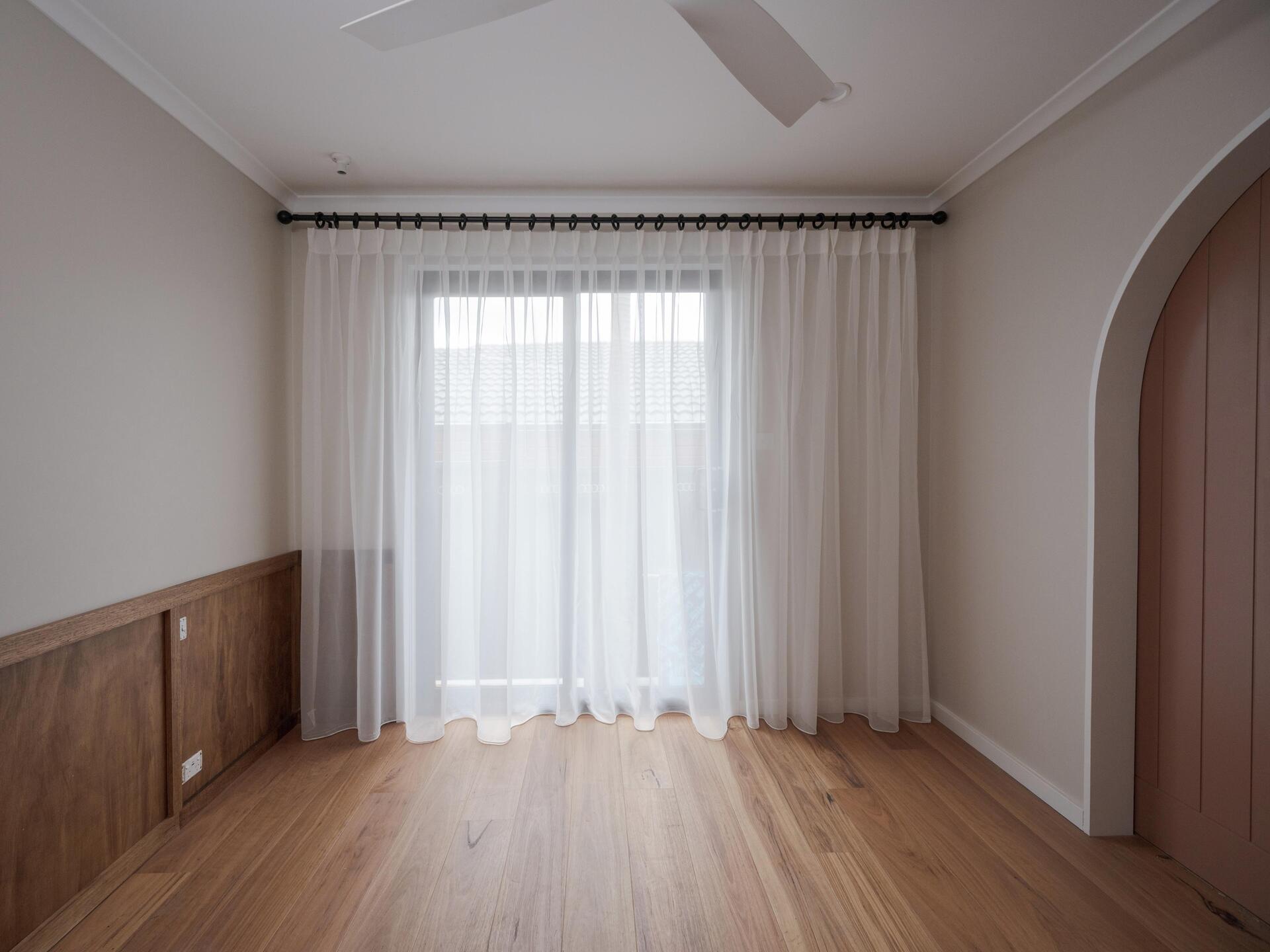
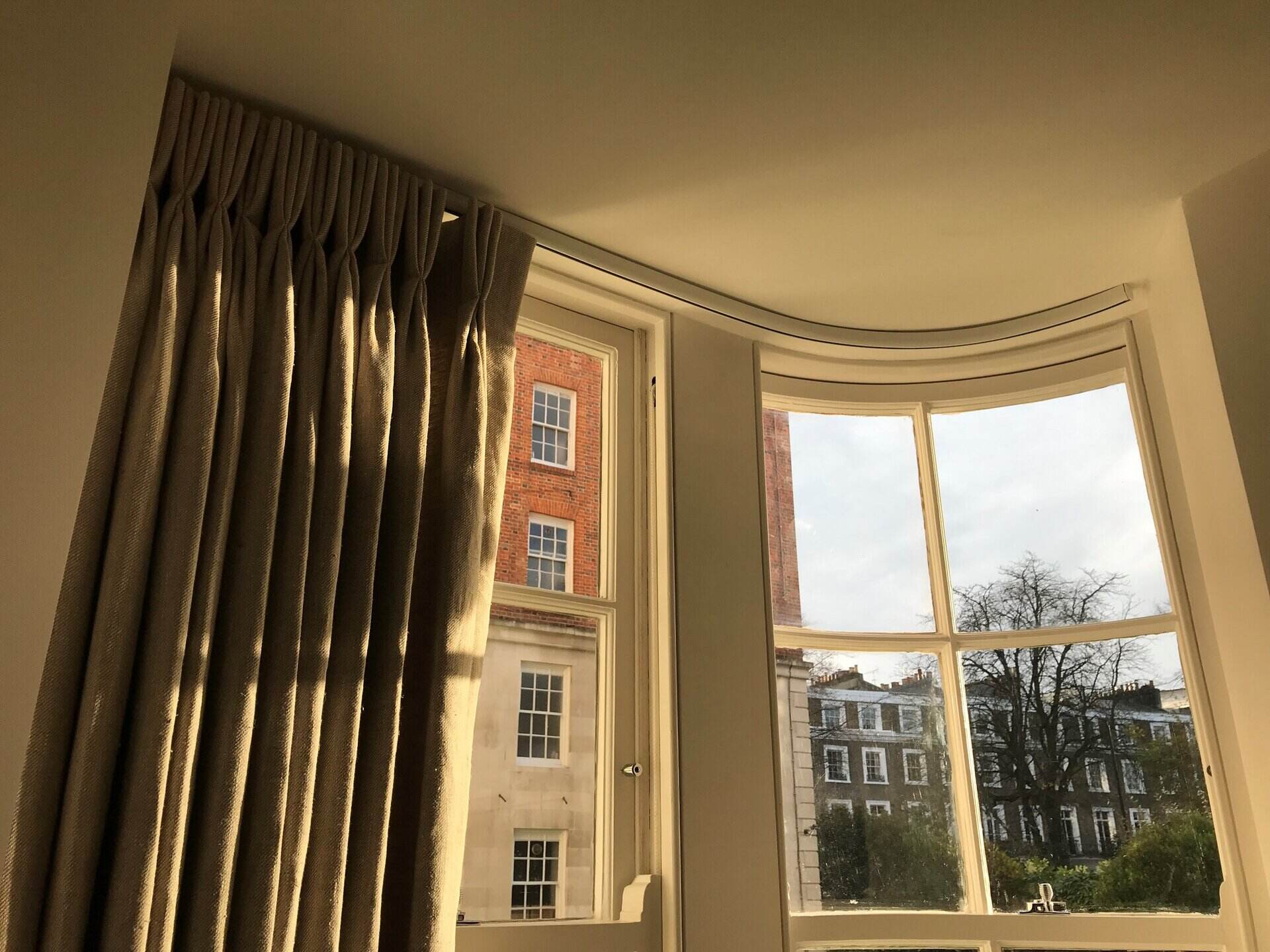
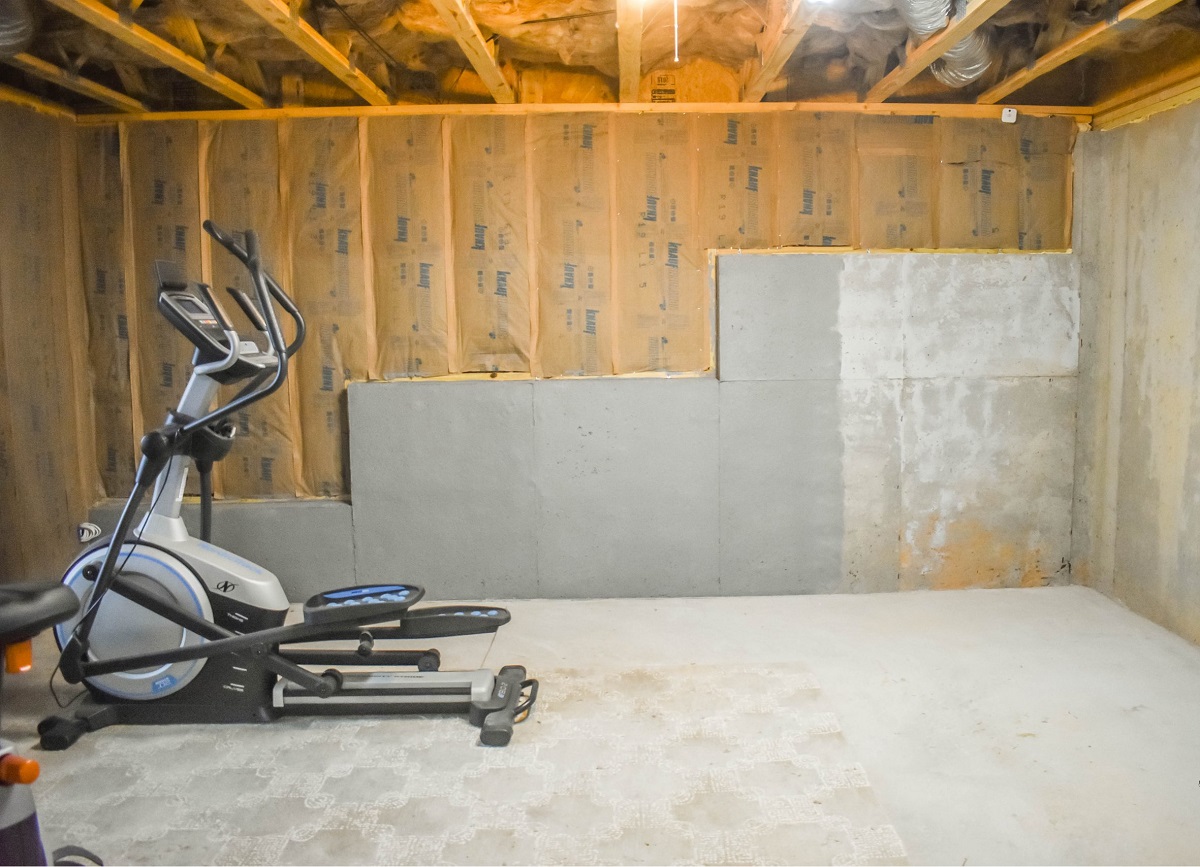
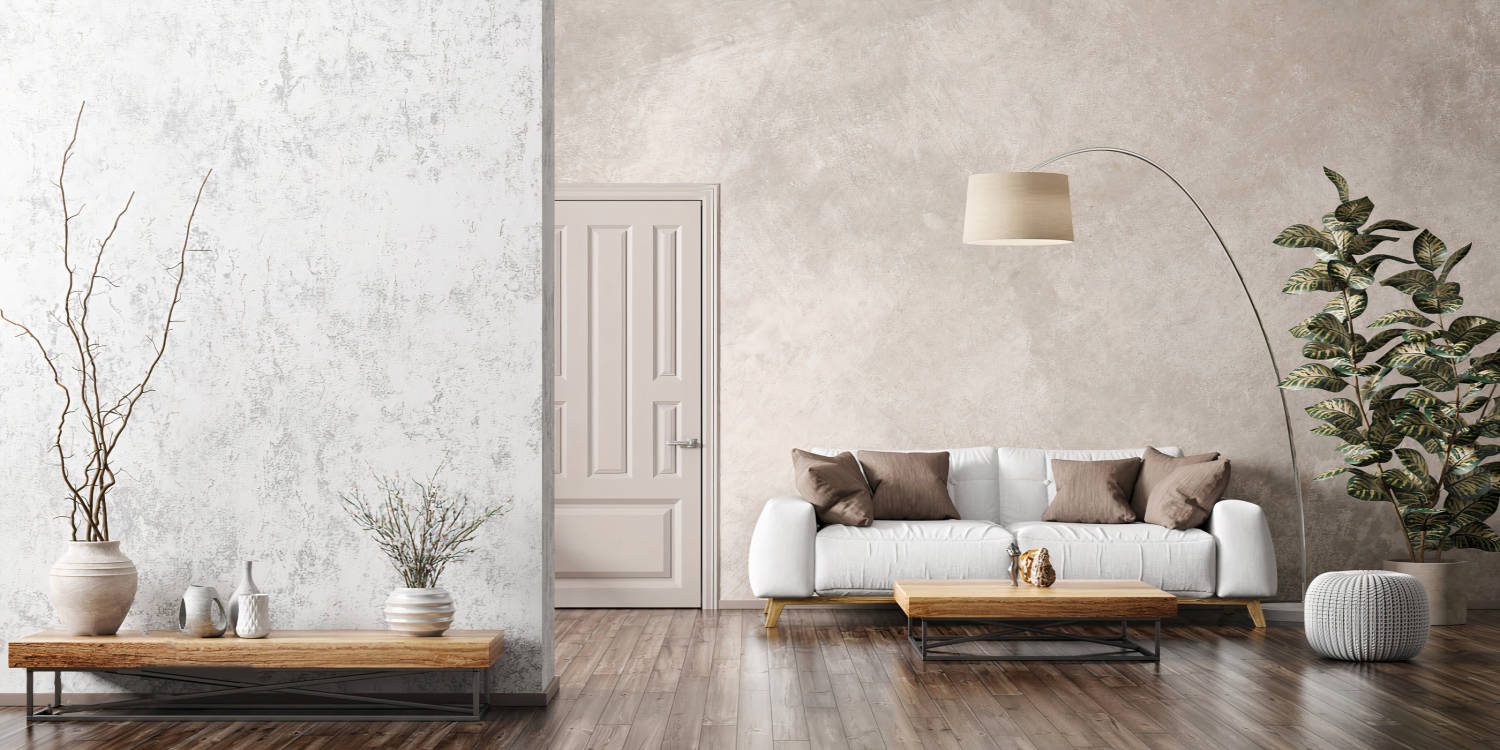
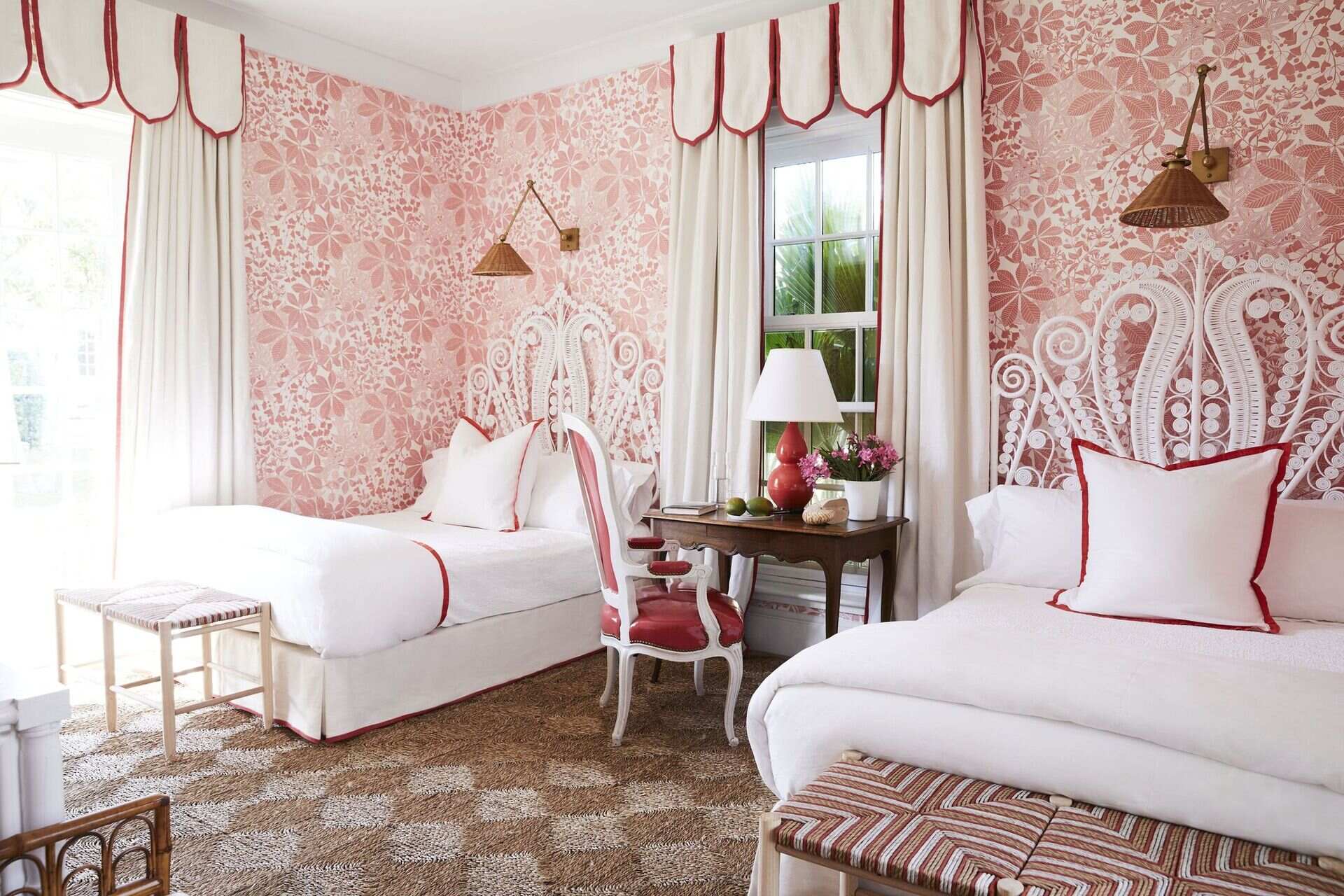
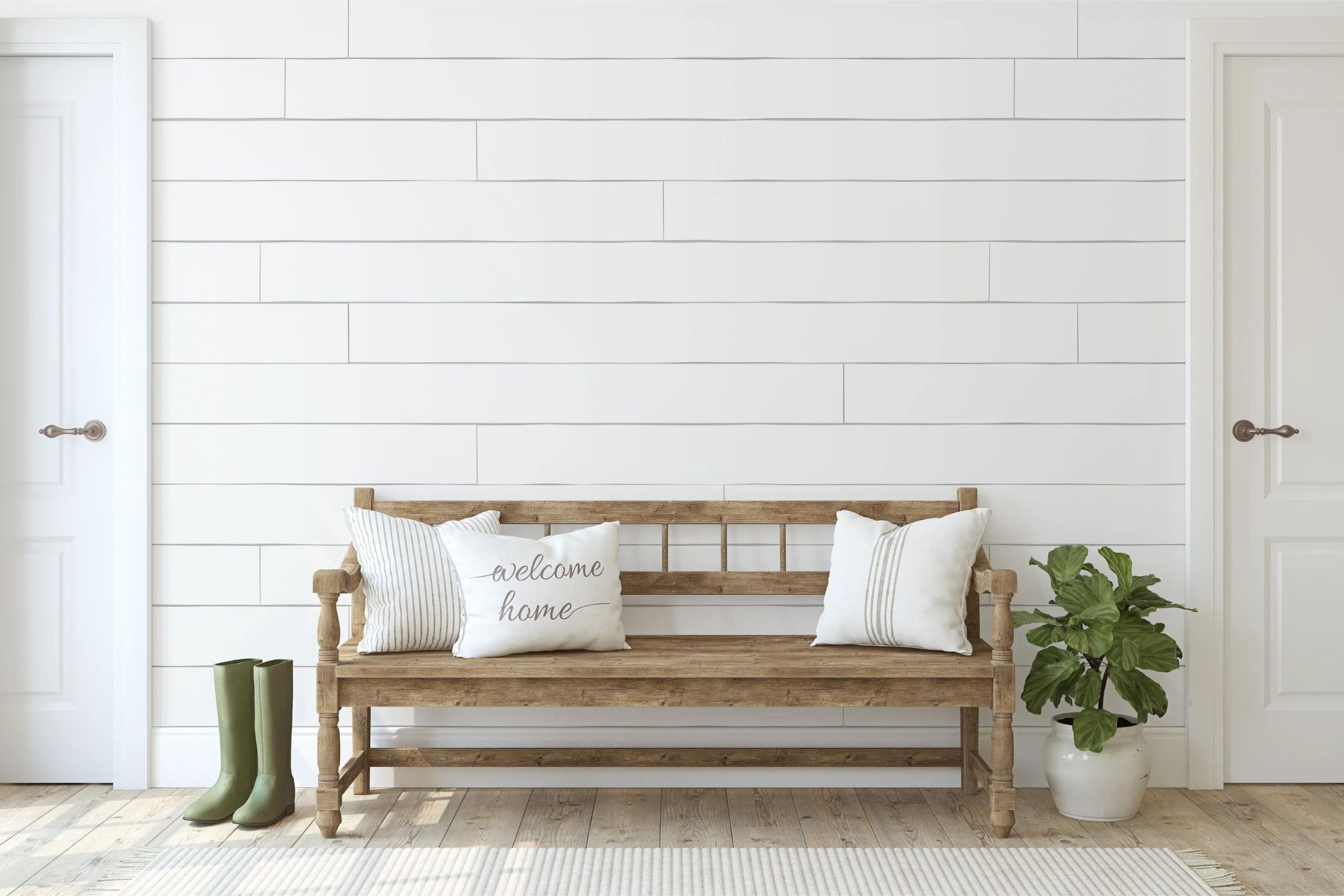
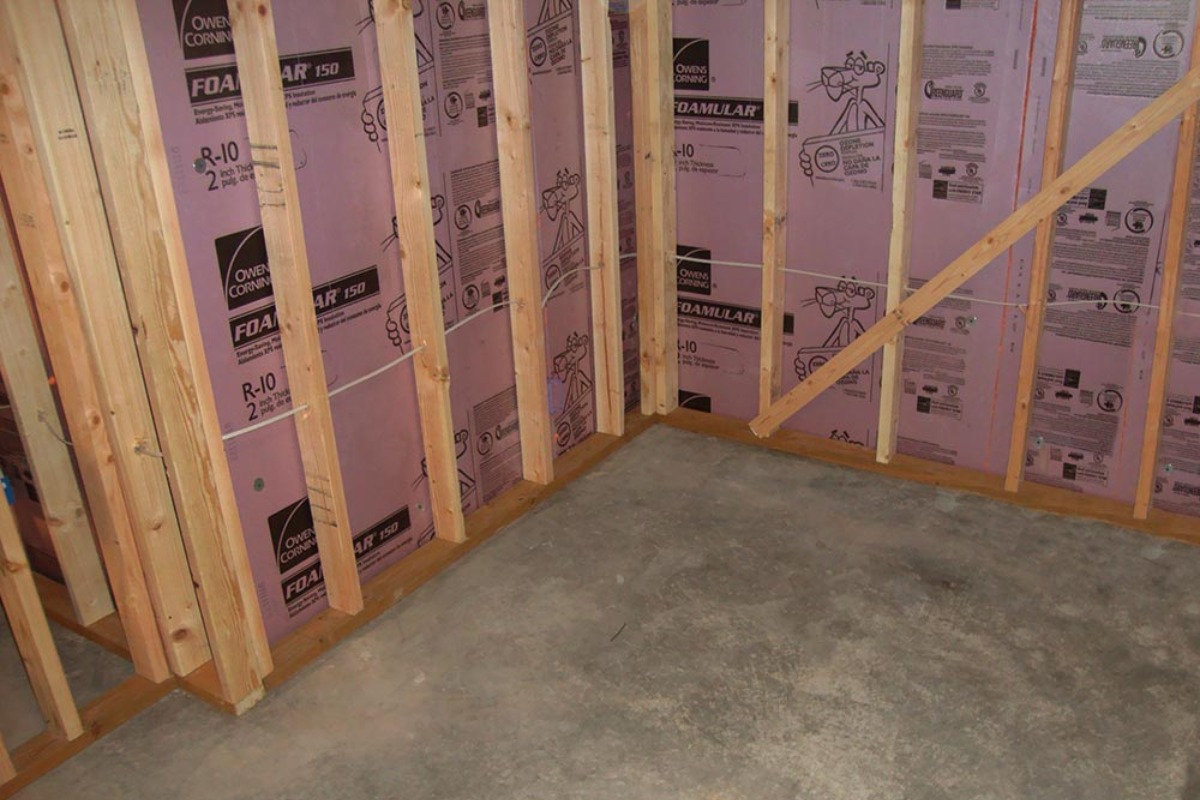
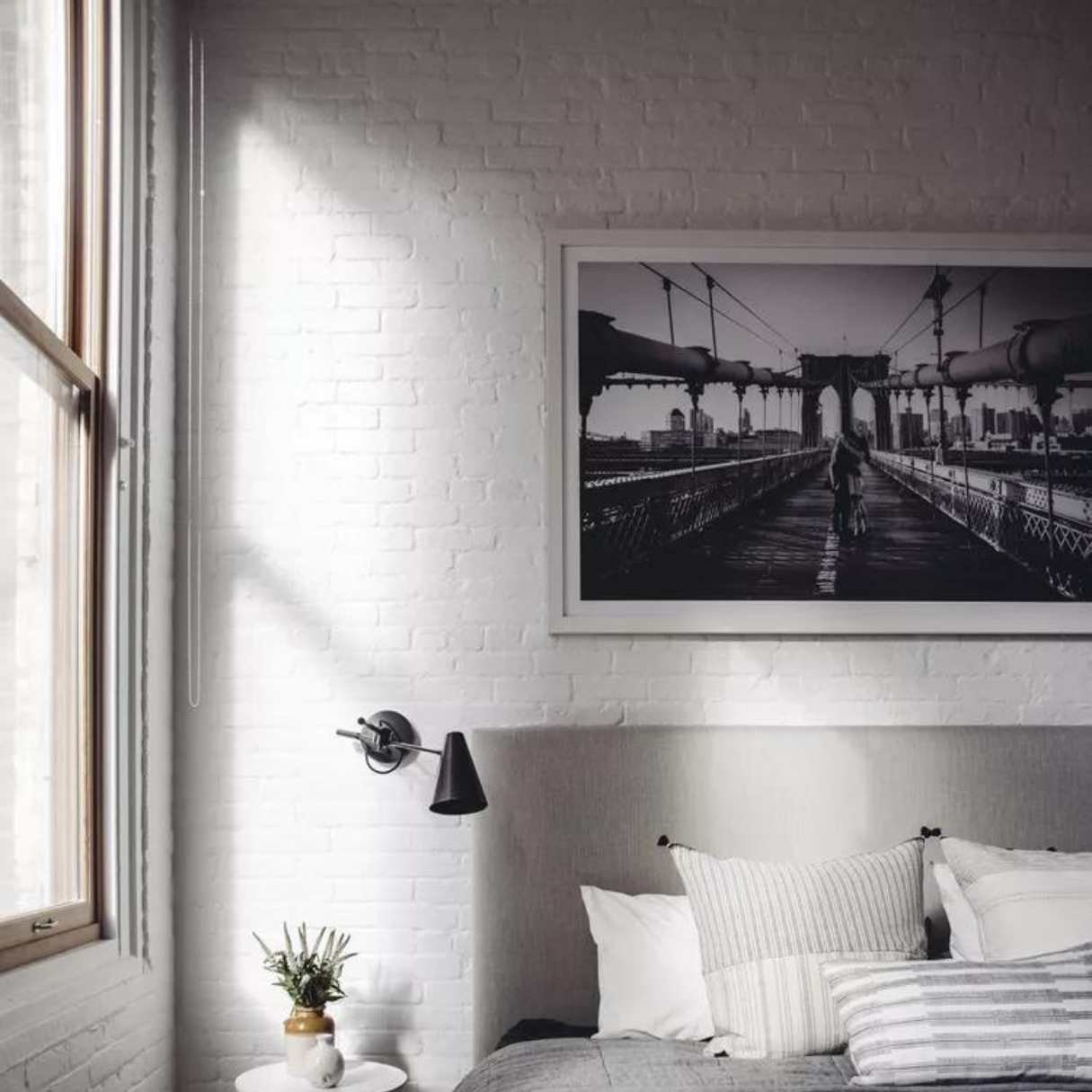
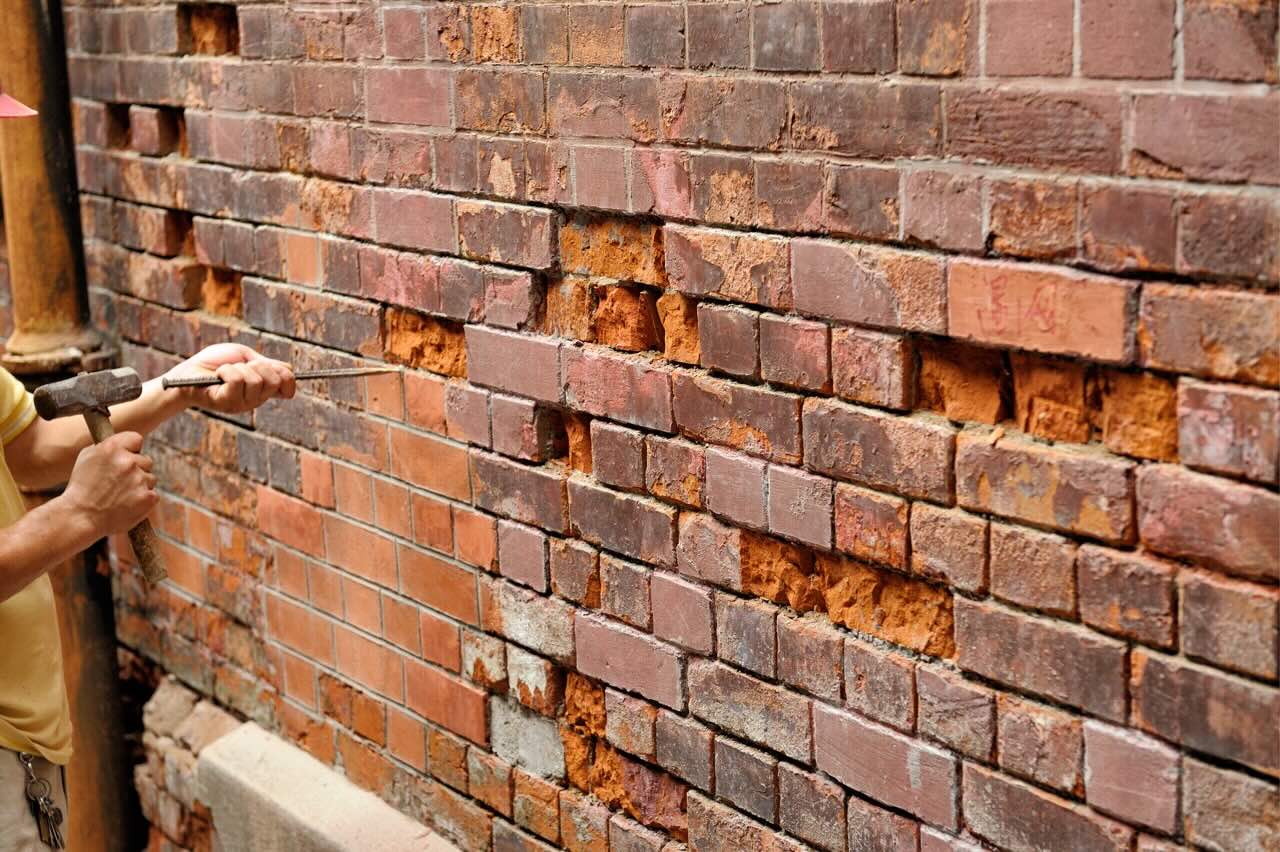
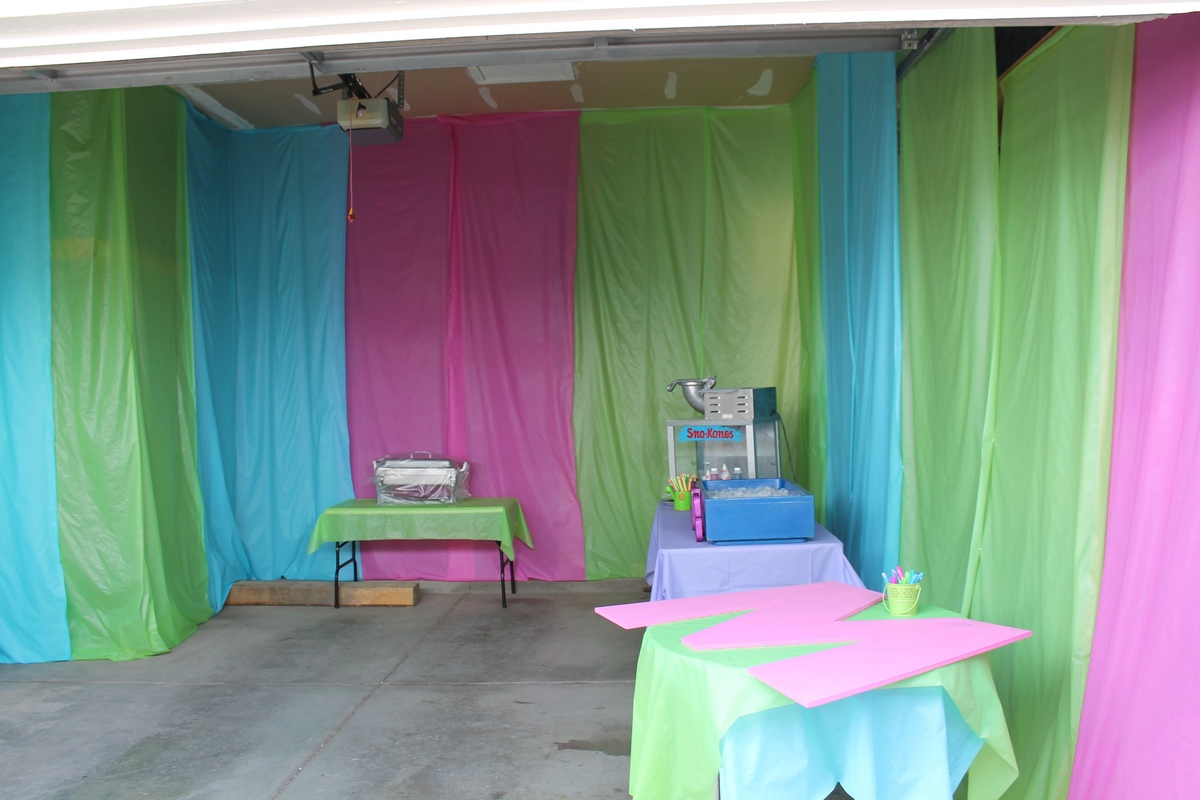
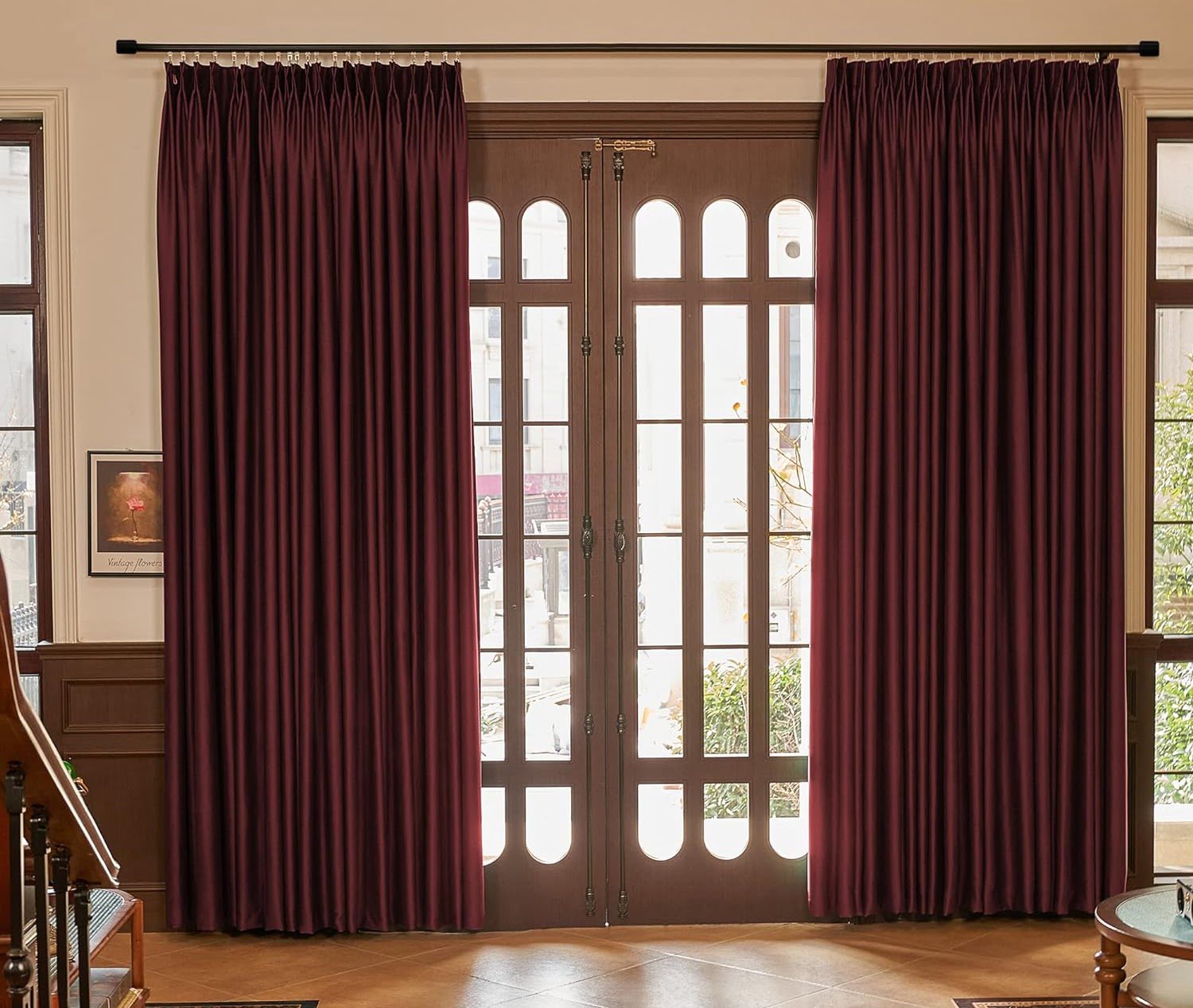
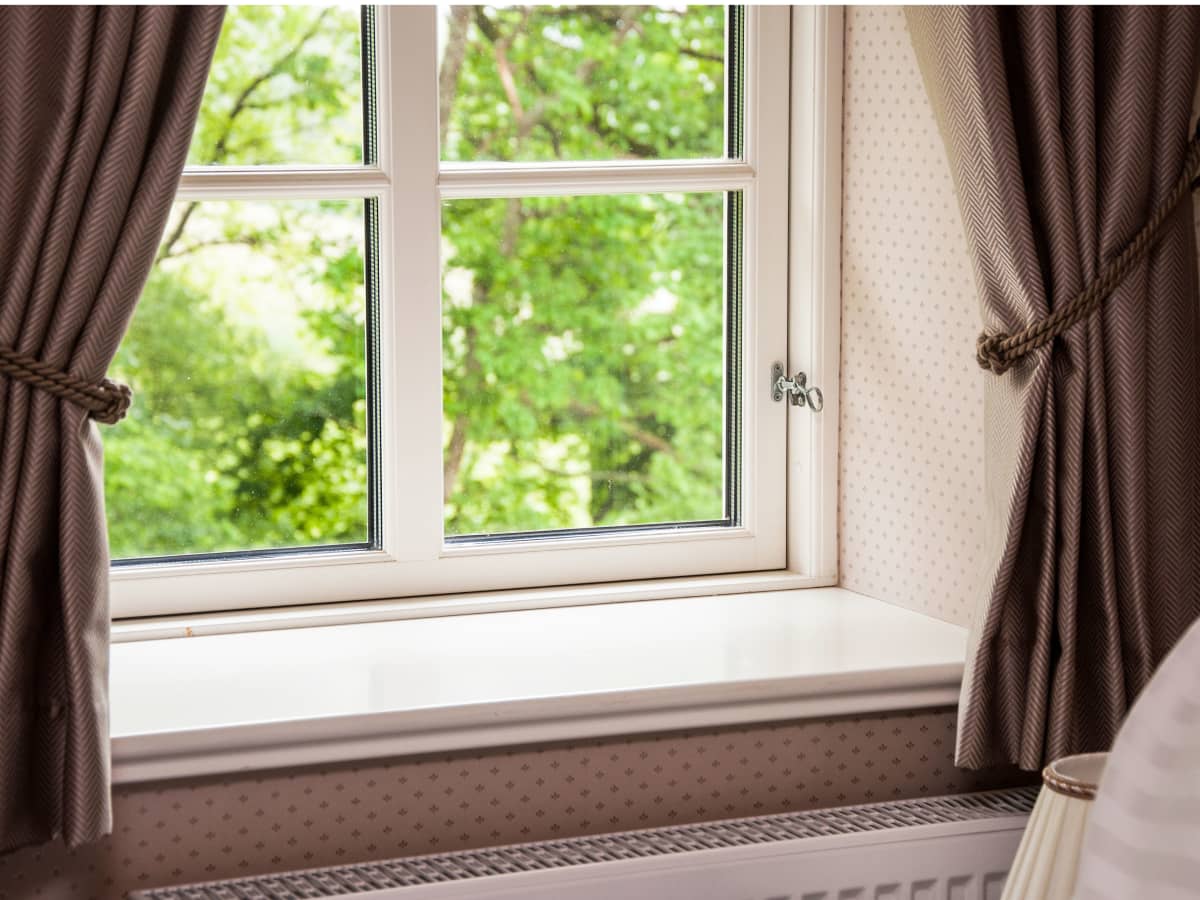
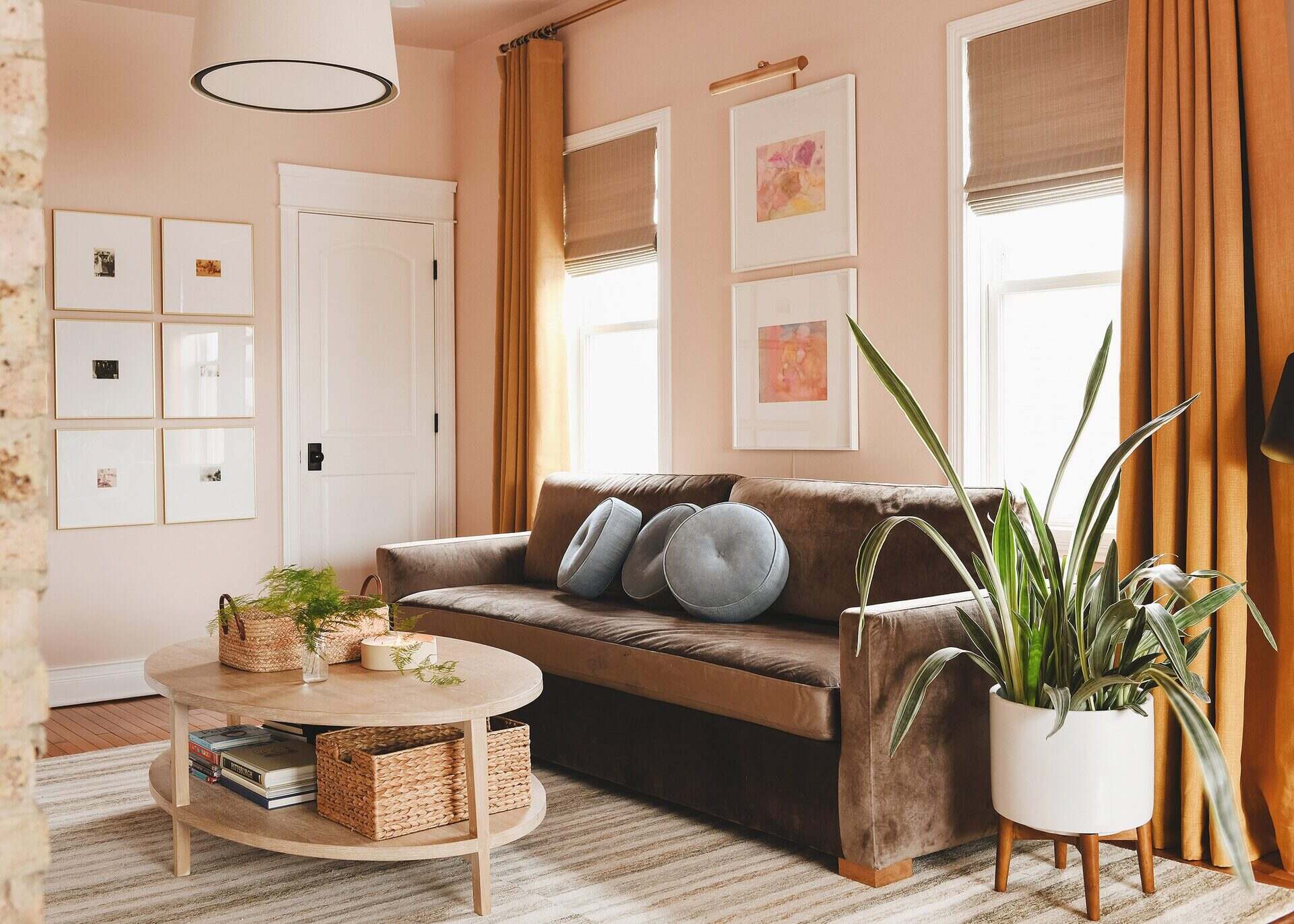

0 thoughts on “How To Cover A Wall With Curtains”